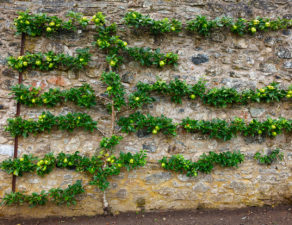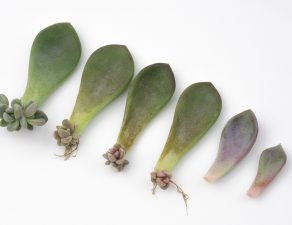We’re often asked about the best ways to ensure a landscaping project will result in healthy, long-lasting, and prolific plantings. After all, landscaping takes a lot of time and hard work, so no one likes being disappointed when their investment doesn’t pay off with the best possible results.
As with most things in life, preparation is key. Think about your landscaping from the bottom up. Even if you water and prune regularly, the plants will not reach their potential unless they have a good start in life. That means providing them with healthy, well-tilled soil right from the beginning.
Without rototilling, your soil is almost inevitably going to be hard and compact. It will be difficult for roots to move through the soil and receive the proper oxygen and nutrients they need to grow. Failing to properly prepare the soil is one of the biggest mistakes you can make when landscaping, and it will usually result in unhealthy plants (and grass!) that fail to thrive.
A rototiller breaks through clods of dirt, and churns the soil into a loose consistency perfect for your plantings. It will also make it easier for you to mix in organic materials (like compost which is critical for planting), so that you can improve the texture and nutritional value of your soil. Mulch, compost, or peat moss will attract microorganisms that work to continuously break down these materials. Over time, this process leads to looser, richer soil.
Before tilling, check your soil for signs that it is either too dry or too wet. Tilling overly dry soil will result in a lot of dust that is easily eroded. On the other hand, tilling soil that is too wet might only create more clods. Before you rototill, dig about six inches into the dirt and grab a handful of soil. Squeeze the soil into a ball and poke a finger into it. If a ball will not form, the soil is too dry. If the ball falls apart easily, but does not break into large clumps, you’re ready to begin tilling.









Write a comment: